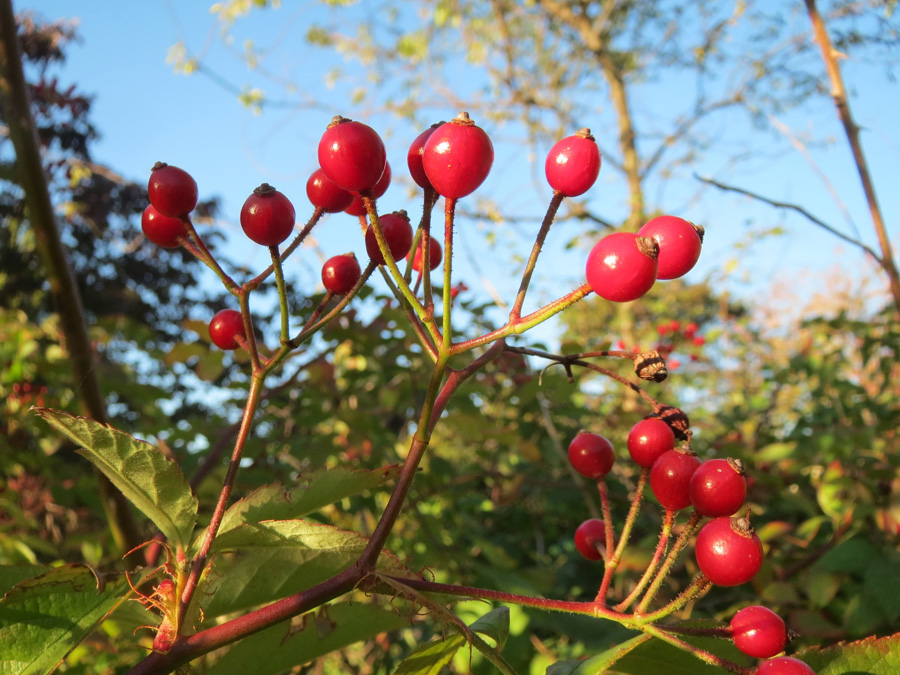Get tips and learn more from new website launched by organizations working to save monarchs
While Wisconsin monarchs rest and refuel after a 1,700-plus mile flight to their wintering grounds in Mexico, state residents can help them this winter by planting or planning habitat now and taking other actions to help monarchs.

The new Wisconsin Monarch Collaborative website, wimonarchs.org, has Wisconsin-specific information on adding habitat and other ways to help monarchs. Photo credit: DNR
A new website launched by the Wisconsin Monarch Collaborative, wimonarchs.org (exit DNR) a coalition of organizations dedicated to reversing dramatic monarch declines in Wisconsin, provides a wealth of state-specific information on planting habitat that will benefit monarchs and other pollinators. The website is found at wimonarchs.org.
“Monarchs are resting this time of year but we’re not,” says Brenna Jones, coordinator for the Wisconsin Monarch Collaborative and a conservation biologist for Wisconsin Department of Natural Resources Natural Heritage Conservation Program, one of the partners.
“Planting milkweed and nectar plants is the best way to help monarchs, and now is a good time to plant seeds or to plan what plants you’ll add to your garden next spring. Our new website gives you specific information to help you do that.”
The Monarch Collaborative website has an extensive “creating habitat” suite of pages with state-specific resources for creating habitat in urban and suburban areas, on farms, on protected lands and along roadsides and utility corridors. The resources include a Top Twelve Species for Beginner Butterfly Gardens, geared for Wisconsin gardeners
In Wisconsin, native milkweed and other native plant seeds require a prolonged period of cold before they will germinate and grow. Planting milkweed and nectar plant seeds now means the seeds will have good soil contact and be kept moist by winter snowfalls. Lightly raking the soil surface or sowing seed onto an inch or two of snow-covered ground are good ways to hide the seeds from wildlife that may try to eat some of your seeds before they can germinate, Jones says.
The Wisconsin Monarch Collaborative website also provides resources for highway and parks officials and land managers responsible for mowing and planting decisions, notes Brenna Marsicek, co-lead for the Wisconsin Monarch Collaborative’s communications and outreach working group and communications director for Madison Audubon Society.
“Winter is a great time to plan and advocate for monarch habitat in your community,” Marsicek says. “Begin the conversations with local road and park officials, community leaders, and others who can help provide space for monarchs to reproduce and thrive – specifically on milkweed and other native plants.”
Monarch numbers have plunged more than 80 percent over the last 20 years in the eastern population that breeds in Wisconsin and 15 other midwestern states. The leading cause of the decline is the loss of native milkweed. Wisconsin Monarch Collaborative partners have set a goal for Wisconsin to add nearly 120 million stems of native milkweed species within a diverse mix of native wildflowers by 2038, and are designing voluntary strategies for stakeholders throughout the state to work together to achieve this goal.
Monarchs that spend their winters in Mexico leave in the spring and fly to the southern U.S. where they lay their eggs. The caterpillars that hatch from those eggs become the butterflies that make their way to Wisconsin in spring. The fourth or fifth generation of butterflies that hatch every year in Wisconsin then fly to Mexico for the winter, and the cycle begins again.

